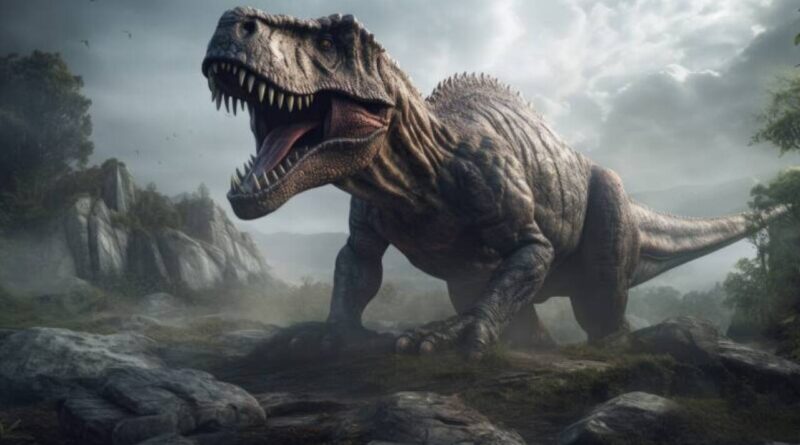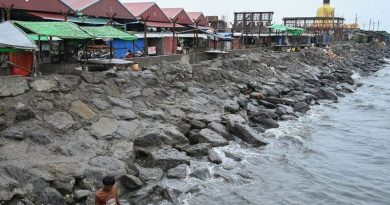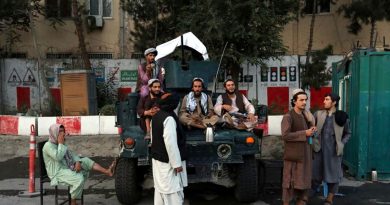Did dust kill dinosaurs?
An asteroid struck Mexico’s Yucatan Peninsula 66 million years ago, causing a global calamity that wiped out three-quarters of the world’s species and ended the age of dinosaurs.
The immediate effects included wildfires, earthquakes, and massive shockwaves. However, the climate catastrophe that followed, with debris clouds and low temperatures, may have been the ultimate blow for many species.
Researchers on Monday revealed that they have discovered that dust from pulverised rock ejected into the atmosphere may have contributed to extinctions, choking the atmosphere, and blocking plants from using sunlight for photosynthesis.
The total amount of dust was estimated to be about 2,000 gigatonnes, exceeding Mt Everest’s weight.
Researchers conducted paleoclimate simulations using sediment from a North Dakota site called Tanis, revealing post-impact conditions and dust fallout.
The simulations showed that fine-grained dust could have blocked photosynthesis for up to two years by making the atmosphere opaque to sunlight and remained in the atmosphere for 15 years, according to Cem Berk Senel, lead author of the study published in the journal Nature Geoscience.
While prior research highlighted two other factors — sulfur released after the impact and soot from the wildfires — this study indicated dust played a larger role than previously known.
The dust — silicate particles measuring about 0.8-8.0 micrometres — that formed a global cloud layer was spawned from the granite and gneiss rock pulverized in the violent impact that gouged the Yucatan’s Chicxulub (pronounced CHIK-shu-loob) crater, 112 miles (180 km) wide and 12 miles (20 km) deep.
In the aftermath, Earth experienced a drop in surface temperatures of about 27 degrees Fahrenheit (15 degrees Celsius).
“It was cold and dark for years,” Vrije Universiteit Brussel planetary scientist and study co-author Philippe Claeys said.
Earth experienced an “impact winter” due to a decrease in global temperatures and a collapse of primary productivity, leading to a chain reaction of extinctions.
This resulted in plant death, herbivore starvation, carnivore loss, and the collapse of food webs in marine realms due to phytoplankton demise.
“While the sulfur stayed about eight to nine years, soot and silicate dust resided in the atmosphere for about 15 years after the impact. The complete recovery from the impact winter took even longer, with pre-impact temperature conditions returning only after about 20 years,” Royal Observatory of Belgium planetary scientist and study co-author Özgür Karatekin said, according to Reuters.
The asteroid, estimated at 6-9 miles (10-15 km) wide, brought a cataclysmic end to the Cretaceous Period.
The dinosaurs, aside from their bird descendants, were lost, as were the marine reptiles that dominated the seas and many other groups. The big beneficiaries were the mammals, who until then were bit players in the drama of life but were given the opportunity to become the main characters.
Absent this disaster, dinosaurs might still dominate today.
“Dinos dominated Earth and were doing just fine when the meteorite hit,” Claeys said. “Without the impact, my guess is that mammals — including us — had little chance to become the dominant organisms on this planet.”




